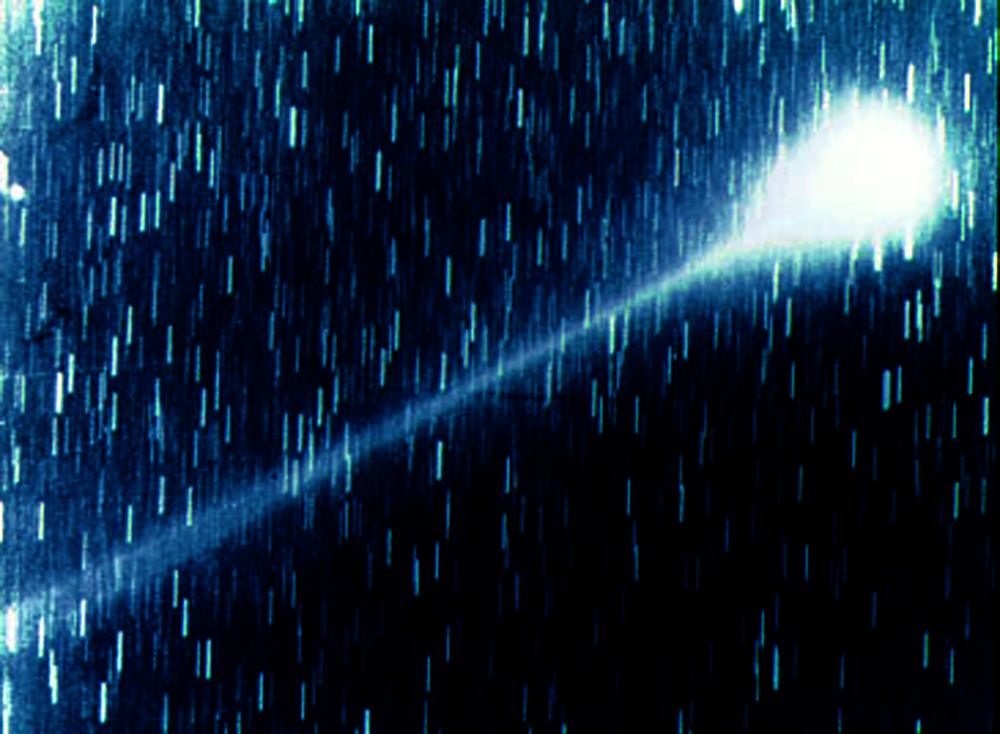
On September 10, the Comet 21P/Giacobini-Zinner will make its closest approach to the Sun and Earth in 72 years as it journeys into the inner Solar System.
Currently travelling through space at speeds of more than 51,000 miles per hour, the object will be around 36 million miles away at its closest point to our planet. This may seem like a huge distance but in space terms it is relatively paltry and near enough that it will be visible from Earth.
The best viewing time for stargazers will probably be between midnight and dawn on the 10th when the comet will be moving through the constellations Auriga and Taurus in the northern sky, according to Northolt Branch Observatories.
It likely won't be visible with the naked eye so you will need a decent pair of binoculars or a telescope. Head to areas with clear skies and minimal light pollution to have the best chance of spotting 21P.
The comet is also visible now and will continue to be in the days leading up to this date—although it will look less bright—as it moves from the constellation Perseus into Auriga. In fact, the night of September 3 may be a good time to view the comet as it will appear just over one degree away from the bright star Capella in Auriga, making it easier to spot, according to Comet Watch.
On this night, the online observatory Slooh will be broadcasting a livestream for those interested in catching a glimpse of the comet from the comfort of their own home. The broadcast, which can be can be viewed here from 10 p.m. EDT, will use images from Slooh's flagship observatory at the Canary Islands Institute of Astrophysics, Spain.
The comet will appear slightly bluish-green as sunlight reflects off it, according to astronomers. Its nucleus is estimated to be around 1.2 miles in diameter, although it has also developed a large cometary atmosphere (coma) and tail as it approaches the Sun.
Comets are sub-planetary bodies, made up mostly of dust and ice, which circle the Sun in elliptical orbits. As they pass close to the star, they warm, releasing gases which produce a coma and sometimes a tail.
Comet 21P/Giacobini-Zinner was discovered on December 20, 1900 by French astronomer Michel Giacobini, according to Slooh. It orbits the Sun—and passes the Earth—roughly every 6.6 years. Interestingly, the comet is the parent body of the Draconids meteor shower which peaks in early October.
Uncommon Knowledge
Newsweek is committed to challenging conventional wisdom and finding connections in the search for common ground.
Newsweek is committed to challenging conventional wisdom and finding connections in the search for common ground.
About the writer
Aristos is a Newsweek science reporter with the London, U.K., bureau. He reports on science and health topics, including; animal, ... Read more
To read how Newsweek uses AI as a newsroom tool, Click here.








